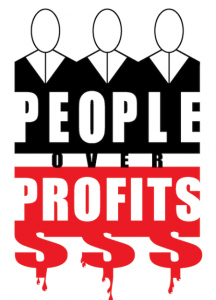
Let’s face it: [Tweet theme=”tweet-string-underlined”]Nothing says “We value our longtime customers” like making a discount available only to first-time customers.[/Tweet].
Let’s call it the First-Time Flyer approach: instead of encouraging loyalty among customers by rewarding them for it, the First-Time Flyer approach seeks to reward new customers for abandoning one of their competitors.
The mindset which focuses on gaining new customers by imposing costs on long-established ones is widespread.
You call an internet service provider to arrange web access in your new home or apartment. It’s explained to you that as a first-time customer you are eligible for a special discounted rate, one not available to those chumps who have been customers for as long as there’s been an Internet.
The next time you visit your local grocery store, consider the “15 items or less” sign above the check-out. Set aside that it should read “15 items or fewer“: the mindset encapsulated in such signs is crystal clear: “We aim to reward those the most who are profiting us the least”.
Imagine shopping at a grocery store where such signs are replaced with ones which read “Customers Shopping With Us For Three Years Or More”. I’d wager that such a sign would encourage first-time customers to become longtime customers. (I’d also wager that the novelty of such a rewards program would prompt some customers to take pictures of such signs and share them on social media.
Then you’re really in business.
Return to daviDDeeble.com or watch my most-recent performance at the Comedy & Magic Club in Hermosa Beach.

 You go to a comedy club to see some comedians you’ve never heard of and who ends up doing a set but Jerry Seinfeld. Seinfeld benefits only little from the set – maybe he’s not getting paid and the short time he spends onstage helps only little to hone his set – but the value he ads to the show and your experience is incalculable.
You go to a comedy club to see some comedians you’ve never heard of and who ends up doing a set but Jerry Seinfeld. Seinfeld benefits only little from the set – maybe he’s not getting paid and the short time he spends onstage helps only little to hone his set – but the value he ads to the show and your experience is incalculable.


